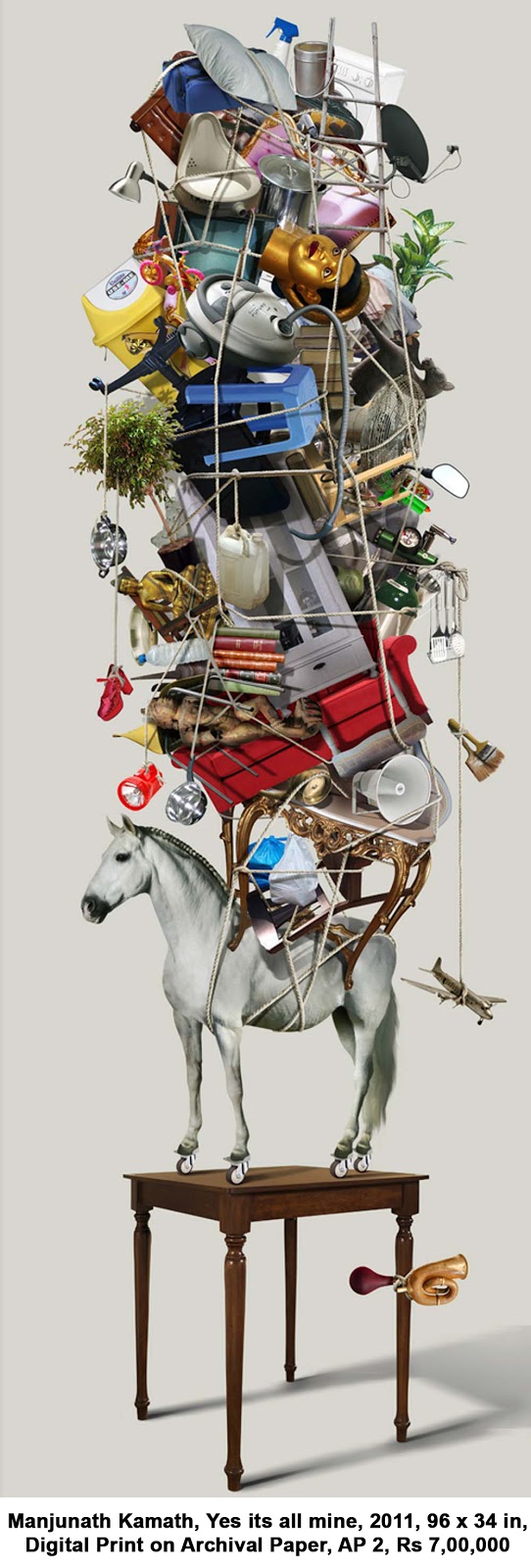Recognized as an artist with many skills, Harsha’s body of work straddles a variety of genres and mediums. His oeuvre includes large, detailed figurative paintings, miniature drawings, site-specific installations, community-based art as well as research projects. In his monumental, tapestry-like canvases, Harsha weaves detailed stories, skillfully depicting the daily goings-on of his own community alongside significant global events. Almost always figurative, these large-format works are populated with people who seem to be focused on an ordinary event, an activity the viewer would not typically consider uncommon. However, within these customary settings, the artist might discreetly point out something that is unusual, something comically strange.
Born in 1969, in Mysore, N.S. Harsha received his Master’s degree in painting from the Faculty of Fine Arts of M.S. University, Baroda in 1995. He has taken part in numerous projects and exhibitions internationally including the Asia Pacific Triennial of Contemporary Arts, Australia, in 1999; the Second Fukuoka Asia Art Triennial in 2002; the Singapore Biennale in 2006; and more recently, in 2008, he won the prestigious Artes Mundi Prize, awarded at the National Museum in Cardiff. N.S. Harsha lives and works in Bangalore.
(Profile from Saffron Art)




















